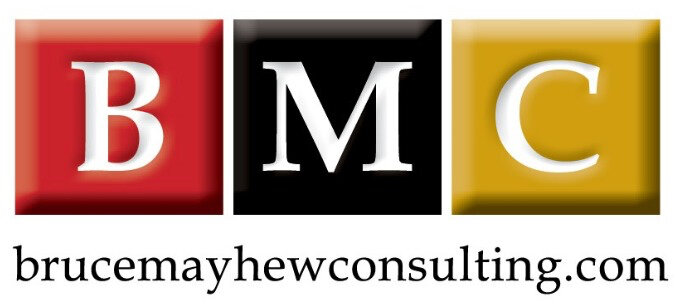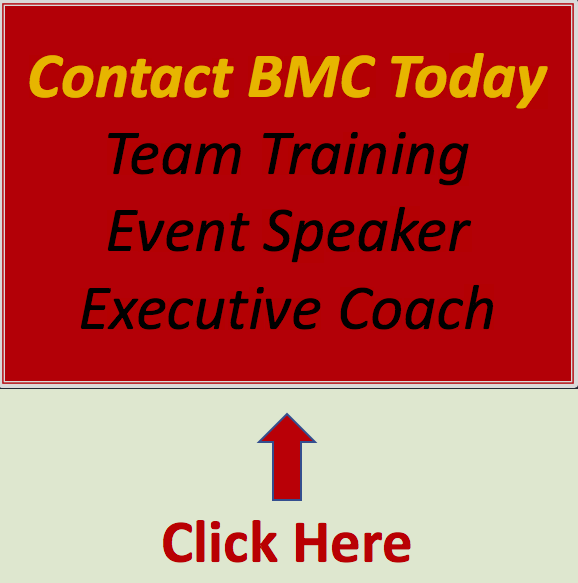Team or Company Values Defining Guide
/Consider this an enormous professional development, team building and performance management opportunity to build something special while including your employees. Not only can defining your company values streamline decisions and behaviour… the process can be invigorating.
How To Define Your Company Values: A Sample Process
I don’t believe any two processes will ever be exactly the same. And, this is an important step for your future and the future of your company. It may be best to have an experienced and impartial facilitator from outside your company to coach you through the process.
Here are some other things to know and/or do.
Know your overall goal / your purpose. How will you use your values moving forward? This can be directed by you but if you have a senior team make sure they have input. What are the overall objectives? How should everyone expect to use the values and definitions that will result from this exercise?
Know when you want to have it done by. This will mean considering an appropriate amount of time to interview employees and possibly customers and suppliers. In most cases, whatever time you believe you will need, I recommend agreeing with your senior team that you add approximately 20% more time. Vacations and other factors may impact your information gathering process, but your ideal date should always be your shared goal.
Have time set aside for the Values Definition Session. For a small team this process will likely take three to four weeks. For a larger team or company, it can easily take three, six or even twelve months.
For a small company or team, you will need
For a large company or team, you will need time for at least one big session, likely a half-day is a good start. This would take place after you did an internal survey and spoke with external people / customers. Look for common themes – group your findings.
In all cases you will need time to fine-tune. One priority here is that everyone involved, including all of your employees must know this project is a priority for you. If they feel this project is dropping of your ‘Important To-Do List’, your realignment project will go flat.
Introduce the project to all your employees. It’s important everyone understands why you are doing this and how this positively impacts them and their input. This supports the process and buy-in when you roll out your new or updated core values.
Have the right people available and participating:
If you are a small organization or team, try to include everyone in most of the process… leaving only the final edits – the last 20% of fine tuning should be done by your senior team or a special project team made up of people from all levels and all areas of the organization.
If you are a large organization, it is often best-practice to have a cross-department Project Team established to manage this exercise.
Gathering Ideas and Suggestions:
No matter if you are a small team or a large organization, all employees should be surveyed for input. I also recommend surveying customer/clients and suppliers.
Evaluation:
Be transparent what the evaluation process will look like and how will employees be included in the evaluation process
For a small team or organization your senior team or project team may be the best option to begin fine-tuning the gathered ideas and suggestions. Then, have only a senior team or a special advisory team evaluate and select the final ‘serious’ Values Definition Session(s).
For a larger team or company
Proposed Values:
Share early drafts of the values and what they mean. Be clear with everyone that these are an early draft and their input is important at this stage in helping define and fine-tune the final values.
If you are a small team or organization, it is possible this may be a concentrated meeting and able to be completed in a morning or afternoon session.
If you have a large team or multiple teams / departments one opportunity I recommend is to have an intentional meeting to give a cross-section of employees outside of the Project Team a chance to provide preliminary feedback. This gives the Project Team an opportunity to make revisions based on the feedback before sharing it more widely.
What are your ground rules? Employees must feel safe and feel everyone will be listened to.
Plan to have a launch day. Announce them to your team, customers, website / social media.
Sample Questions For Your High-Level Values Definition Session: Level I
This is not meant to find FINAL results… just get you 80% of the way. Let’s assume you have a gathering of your 75 employees. Bring everyone together in a large room. Set aside at least half-day for this process. In many cases, an outside facilitator will work best. Ask your employees:
What’s important to us?
What are we most proud of about:
Our company?
Our culture?
Our employees?
Our customers?
Our suppliers?
Our product / service?
Other?
What do we want to be known for?
What are our Core Competencies?
What do our customer need / want / value?
What are their fears?
What might be important to a customer relationship?
What do these proposed values mean?
How will they guide behavior?
How will they be used to make decisions, develop your corporate culture?
Sample Questions for Your High-Level Values Definition Session: Level II: The Last 20%: Refining Findings from Level I
Are we willing to use these values as prerequisites to hire new employees and/or suppliers?
Are we willing to end relationships with people or suppliers if they don’t consistently support these values?
How will values be used develop your corporate culture? Can we apply these values to:
Employee engagement and development?
Customer engagement and relations?
Product / service development?
Being a good corporate citizen?
What do these final values mean?
How will they guide behavior?
Why are they important?
Can we measure them?
What will they cost us? What will we gain?
Employee engagement and retention
New product / service development
Brand identity
Customer satisfaction and loyalty
Customer Service
Conclusion:
There are many ways experts recommend to intentionally reenergize and rebalance your team including encouraging open communication, providing opportunities for growth, delegating or sharing responsibilities, recognizing contribution, fostering collaboration and even team volunteer opportunities. Each of these (and more) on their own are powerful. What I like about a values exercise is that the process encourages all of this and more and the result gives everyone a clear, unifying path forward that they have been part of building and can be proud.
Thank you for reading our Values Defining Guide. I look forward to hearing from you if you have any questions.
Bruce
Other articles in this series include:
About Bruce and Bruce Mayhew Consulting.
Bruce is Corporate Trainer, Keynote Speaker and Executive Coach.
Bruce Mayhew Consulting specializes in customized Difficult Conversations, Crucial Conversations or Conflict Management Training, Email Etiquette Training, Leadership & New Leadership Development, Generational Differences, Time Management Training and other soft skills training solutions in Toronto and across Canada. Bruce is also an Executive Coach to a few select clients.
Bruce is an experienced motivational speaker in Toronto and has inspired audiences across Canada and within the USA and the UK. Bruce works hard to always make sure your training event, conference, retreat, or annual general meeting is a success.



